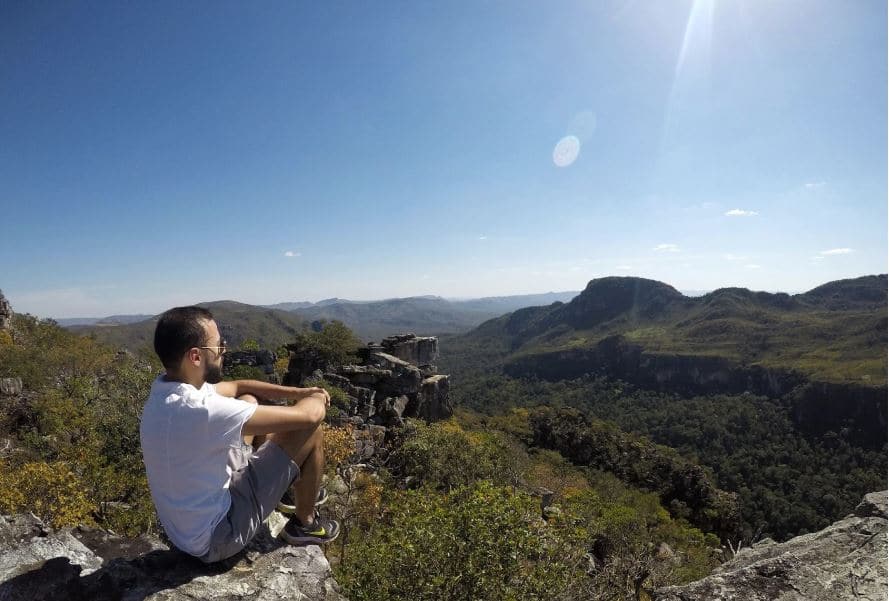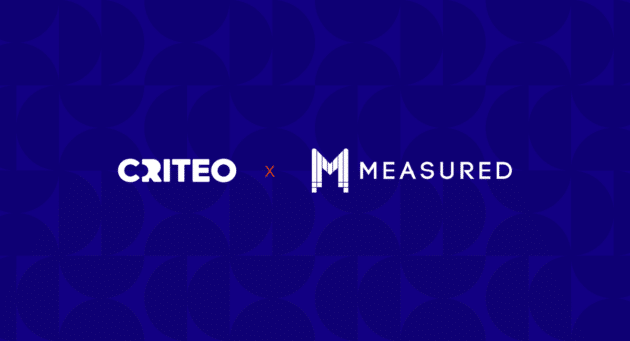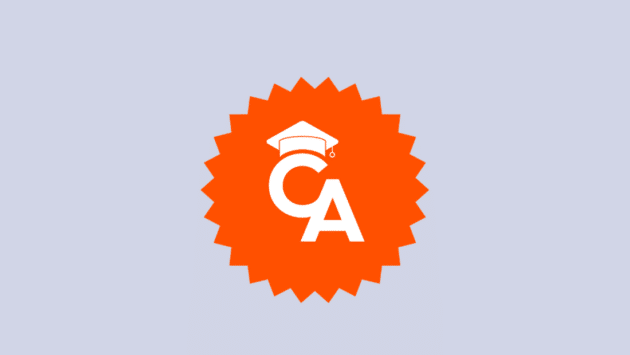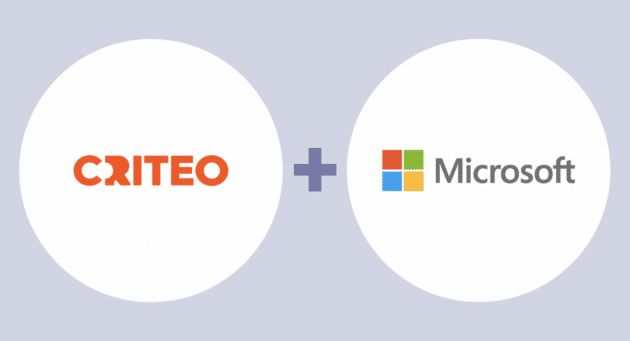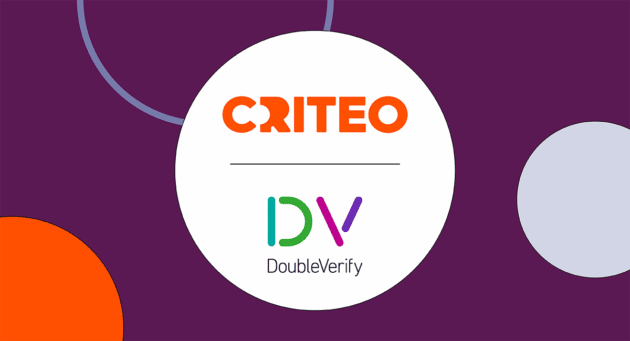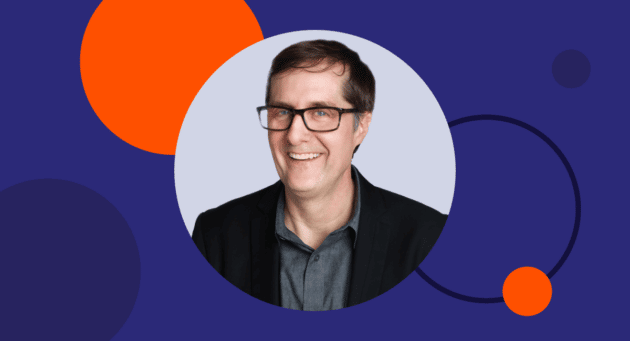Creative Designer Francisco Sanches brings a true passion for design and data to Criteo. Hailing from São Paulo, Brazil, Francisco has an eclectic personal and professional background which makes him a joy to work with. In his role, he works cross-functionally to bring innovative ideas and captivating advertising to life for Criteo’s partners.
We sat down with Francisco to learn more about his role, his favorite moments at Criteo, and his life outside of the office.
Let’s start from the beginning; where are you from?
I was raised and lived most of my life in São Paulo, Brazil, with two small pauses to live in Spain and Rwanda.
When I was a kid, my dream was to be an airplane pilot, but as I grew older, I discovered that I liked drawing planes and cars more than piloting them. I attended Mackenzie Presbyterian University in São Paulo, and there I encountered graphic design, with which I fell in love. I found myself in the design world because it is human-centered; designing things based on people’s needs and desires truly moves me forward! After school, I worked for a couple of companies experimenting in areas of branding, print and online media, app development, and UX.
Recently I went back to school and did an intensive course on design thinking. I’m also dedicating part of my time toward an MBA in project management.
Do you have a favorite quote?
“I have not failed. I’ve just found 10,000 ways that won’t work.” ― Thomas A. Edison
What do you like to do in your spare time?
Usually, on weekends, I travel to the mountains or countryside to explore new places trekking, hiking, and enjoying the pretty waterfalls that Brazil has to offer. I also like to throw birthday surprises for my friends!
You’d like to be famous for:
I’d like to be famous for impacting a large number of social businesses. Since I had the opportunity to accelerate small businesses in Rwanda, I understand the important role that startups and entrepreneurship have in society. My dream is to support people so they can get inspired to grow to keep the flame burning.
How do you define success?
Life’s road is what counts. Sometimes it’s ok if you don’t hit your goal, but always keep in mind the lessons learned from it.
Who’s your favorite artist?
Favorites come and go. Lately, I’ve really enjoyed the work of a street artist from my city called Eduardo Kobra. He has a project called “Colors of Freedom,” in which he paints impressively large murals with messages of peace and hope. He started with graffiti in São Paulo, and today he owns murals on five continents and a Guinness World Record for the largest spray-paint mural.
To me, his work is not only bringing color to the middle of gray cities, but it’s also offering important messages for a better world.
What is the most important thing you have learned in the last five years?
Empathy. It is very difficult to understand the universe of others, but it is a continuous learning process.
What is your hidden talent?
I’m a lousy ‘cajón’ player. My neighbors go crazy every time I try to practice!
What are three words to describe Criteo?
People, diversity, and knowledge.
What do you like most about Criteo?
The cross-collaboration between teams. Since I’ve joined Criteo, I had the opportunity to work with people from many different teams (Sales, Account Strategists, Technical Solutions, Analytics, Marketing, Global Creative Services). It doesn’t matter how crazy your idea is, there are always other crazy people to join you in an adventure.
What drew you to Criteo originally? And how has Criteo changed since?
II thought joining a global company would be good for my personal development and help me learn more about digital marketing. I’ve discovered later that there is much more knowledge to add, and I’m lucky to be part of a technology company that is a reference in the market.
What have you gained from working at Criteo?
Knowledge. About the digital marketing ecosystem, AI, automation, scalability. Besides all those technical bits of knowledge, I guess it’s good knowing how challenging it is to make things happen in a global company and how processes are important to make things happen in the right way.
What has been your favorite project at Criteo?
My first project, after one week at Criteo in the 2017 Hackathon. We developed a sales tool to simulate prospects’ goals, and we got the 3rd place in the Palo Alto Hub!
I like transparency in the company as a whole. All important decisions are communicated to guide us in how we move forward and how this impacts our work.
What is your proudest moment at Criteo?
The Brazilian team was nominated to be the Superstar team in 2018. I am very proud to be part of this team that, despite some difficulties faced by the local market, is able to reinvent itself and deliver incredible performance.
What are your hopes for our industry?
That user-centered design processes could be used more often to create solutions.
What do you think will be the top three trends for creative in the digital space?
I believe data is a vast world to be explored, and we still have countless ways to use this information that we have not yet discovered. What is certain is that the more we know, the better we can deliver what our customers need.
Design thinking is an approach that seeks to solve problems in a collaborative way and in a perspective of deep empathy with stakeholders. I believe that by having an approach in which the user is placed in the center, the solutions become more certain.
Every lean initiative needs to be based on clearly defined purposes and aimed at creating value for the client. New processes make gaps explicit, creating opportunities to improve service and seek more performance.
What is your opinion on optimization & personalization of creative advertising based on data?
Data is important to scale personalized advertising. The more we know about user habits, the more personalized the advertisements can be for him or her.
What are the competitive advantages of brands with dynamic advertising campaigns?
Machine learning optimizing in real time is an advantage in both the content and the creative, bringing up only relevant elements to be displayed. While the robots take care of it, there is a specialist designer always looking for the brand’s identity and identifying the best combinations of generated creatives – is there anything better than that?
Want to learn more about Criteo? Visit the Criteo culture hub!






